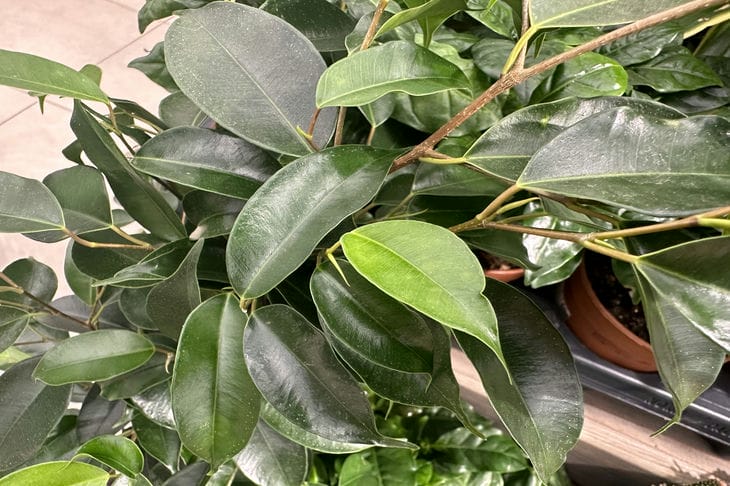One of the important aspects of caring for indoor plants is watering.
How to water flowers correctly so that they delight you with their blooming and health?
This question was answered by the expert of the online publication "BelNovosti", scientist-agronomist Anastasia Kovrizhnykh.
Don't overdo it
One of the most common mistakes when caring for indoor flowers is overwatering.
People often think that the more water a plant gets, the better, but this is not true. Excessive moisture can lead to root rot and fungal diseases.

It is important to remember that each plant has its own watering regime, and you need to follow the care recommendations for a specific type of flower.
Use a tray
A great way to control the amount of moisture a plant receives is to use a drip tray.
Water the plant by pouring water directly into the tray and let it absorb the required amount of moisture on its own. This way, you will reduce the risk of overwatering and protect the plant from possible excess.
Consider the plant's environment
It is very important to consider the conditions in which your plant lives when determining the watering regime.
Some houseplants, such as cacti, prefer drier soil, while others, such as ficus, need regular watering. Remember that the temperature, humidity, and lighting in the room will also affect the plant's water needs.
Please note the season
The watering regime for indoor plants may change depending on the season. In winter, when the air in the house is dry and the temperature is lower, plants need less water.
During the summer months, when humidity increases and temperatures rise, plants will need more water. Monitor the soil conditions and respond to changes in the plants' watering needs.
Try to give the plants a rest.
It is important to remember that even indoor plants need a break from watering. Remember to give the plants time to dry out between waterings to prevent root rot.
Watch for external signs of wilting or drying out of plants to determine if your plant needs watering.
Consider the quality of water
Chlorinated water or water with excess minerals can be harmful to the health of plants.
To prevent harmful effects, you can use filtered or distilled water for irrigation.









